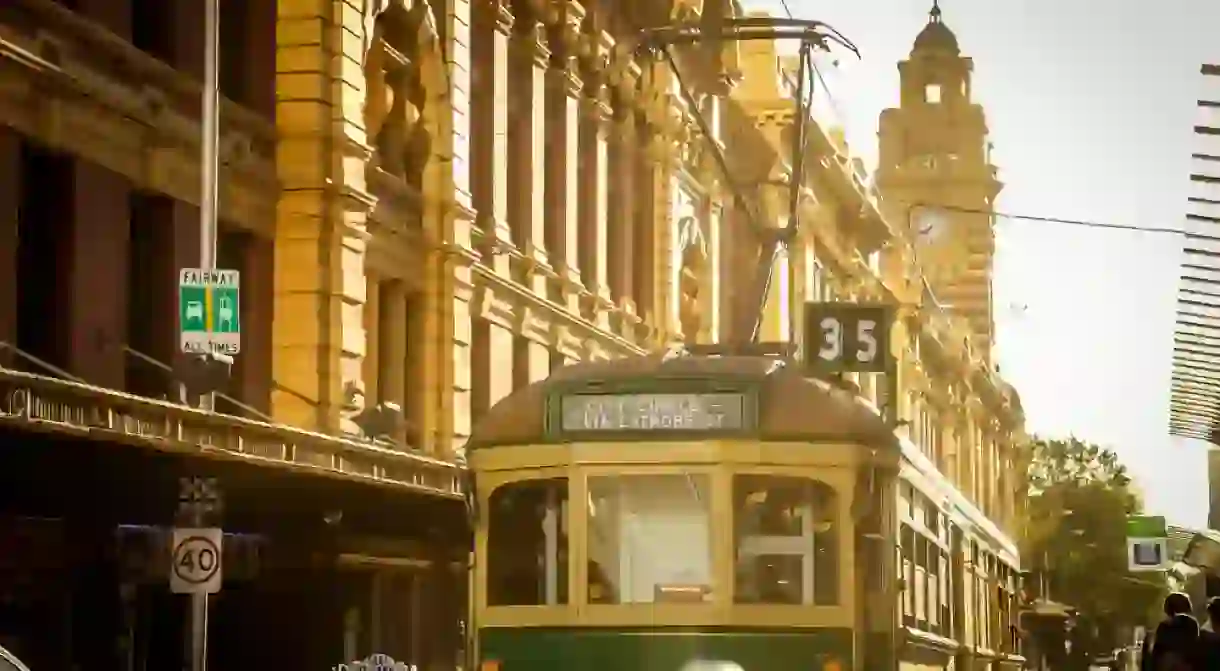How to Navigate Public Transport in Australia

While public transport in Australia is usually safe, clean and reliable, you will need to adjust your expectations from city to city. Most of our major cities now use electronic passes or pre-paid cards in place of paper tickets, but the catch is that you’ll need a different card for each destination. Here’s what you need to know.
Sydney
Upon arriving in Sydney the first thing you’ll need is an Opal Card. This reusable, pre-paid card will grant you access to all public transport in the city, which includes trains, buses, ferries and the light rail. While there is an option to purchase single-trip, paper tickets, you will be charged more per trip. The Opal Card itself is free, so there’s really no reason not to get one!
If you’re arriving by plane, don’t be shocked by the price of train fare, which will set you back $16.27 for a trip to Sydney’s Central station. If you are arriving in a group of more than two people, it will work out only slightly more per person to get a taxi, but avoid during peak hours (around 5 to 7pm). (For more, read our local’s guide to Sydney transport)

Melbourne
What Opal is to Sydney, Myki is to Melbourne. Unlike Sydney’s Opal card, however, there is a fee to purchase the Myki card ($6 adult; $3 concession) and it is only valid for four years. You will definitely need one to ride the city’s famous tram network, however keep an eye out for the free city circle tram that will take you to CBD hotspots.
While there is currently no train station at Melbourne airport, thrifty commuters can get the SkyBus for $18 to select city stops. If you plan on grabbing an Uber, there is a designated pick-up area you will need to go to. (For more, read our local’s guide to Melbourne transport)
Brisbane
Brisbane’s version of an electric ticket is called a TransLink Go card, which you can purchase at the airport, train stations or select retailers, such as 7-Eleven. You will pay a deposit of $10 (adult) or $5 (concession) for your Go card, which you can request to be refunded online or at a Go card retailer when you no longer need it.
The Go card can be used on the city’s ferry, bus and train services, as well as the bike hire service, CityCycle. There is also a free bus loop connecting Brisbane’s city centre and the free CityHopper ferry service to explore the region via the river.
A train from the airport to Brisbane city will take around 20 minutes and cost you $18.50 per person, however, we recommend purchasing online in advance for early bird discounts. If you’re travelling in pairs, opt for the Duo Saver ticket for a total of $30.

Perth
You’ll most likely be travelling around Perth by ferry or train. If you’re only in town for a couple of days and plan on packing in the sights, it might be worth buying a DayRider for $12.80. This will give you unlimited trips on public transport for that day.
If you’re there for a longer period of time, you can purchase a SmartRider card – the prepaid, electronic pass – for $10 plus an initial minimum spend of $10. Fares are based on ‘zones’, and travelling around one zone will set you back $2.79 on the SmartRider card – 10 per cent less than if you bought a paper ticket.
Your options for travelling to the city from the airport are limited. You can get a shuttle bus for $15 or a taxi for around $50, but the latter will get you there much quicker.
Adelaide
Adelaide’s Metro Card will set you back $10 ($5 for the card, plus $5 minimum initial spend). However, depending on your travel plans, the Metro Visitor Pass will offer you three days of unlimited public transport for $26.60. Paper tickets are also widely available at stations or on buses, but run at a slightly higher cost than Metro Card fares.
From the airport, a $10 shuttle bus will get you to major hotels in Adelaide, or a regular JetBus (J1 or J1X) will take you to various stops in the city and Glenelg beach for less than $6, depending on your type of ticket.














